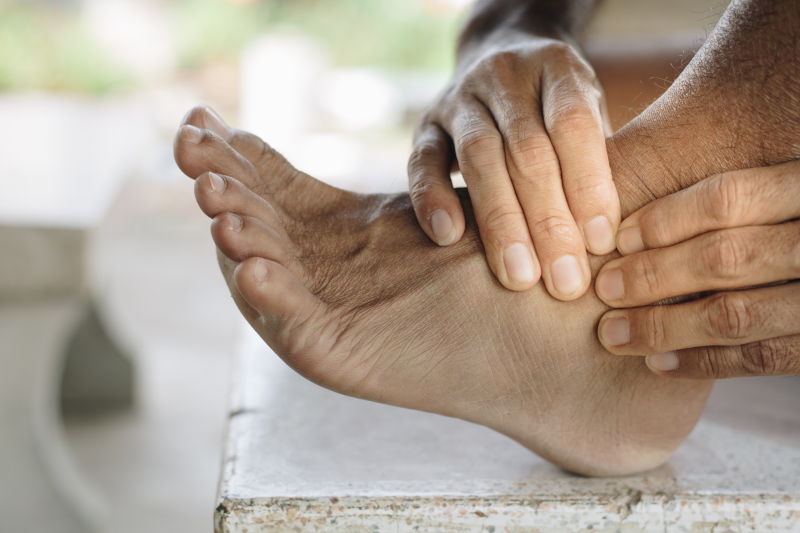The sinus tarsi, known as the “eye of the foot”. It is a small cavity located on the outside of the ankle between the talus and calcaneus bones. This can be felt as a deeper spot on the outside of the ankle that you can push your finger into.
This cavity contains numerous anatomical structures. These include ligaments, joint capsule, blood vessels, fatty tissue and nerve endings that play a vital role to the balance receptors in the ankle.
These structures within the sinus tarsi may be injured following an ankle sprain. Poor foot biomechanics and/or structural foot abnormalities could also make a person susceptible to this condition.
Outside ankle sprains attribute to 70-80% of cases. The remaining 20-30% is due to “pinching” or impingement of the soft tissues in the sinus tarsi due to very flat feet.
In Sinus Tarsi Syndrome, the structures in the canal show signs of inflammation, cellular damage, scar tissue and possible cysts.
Treatment for Sinus Tarsi Syndrome should be immediate. When the injury becomes chronic the rate of healing slows significantly. This results in longer recovery times and increased chance of future reoccurrence.


